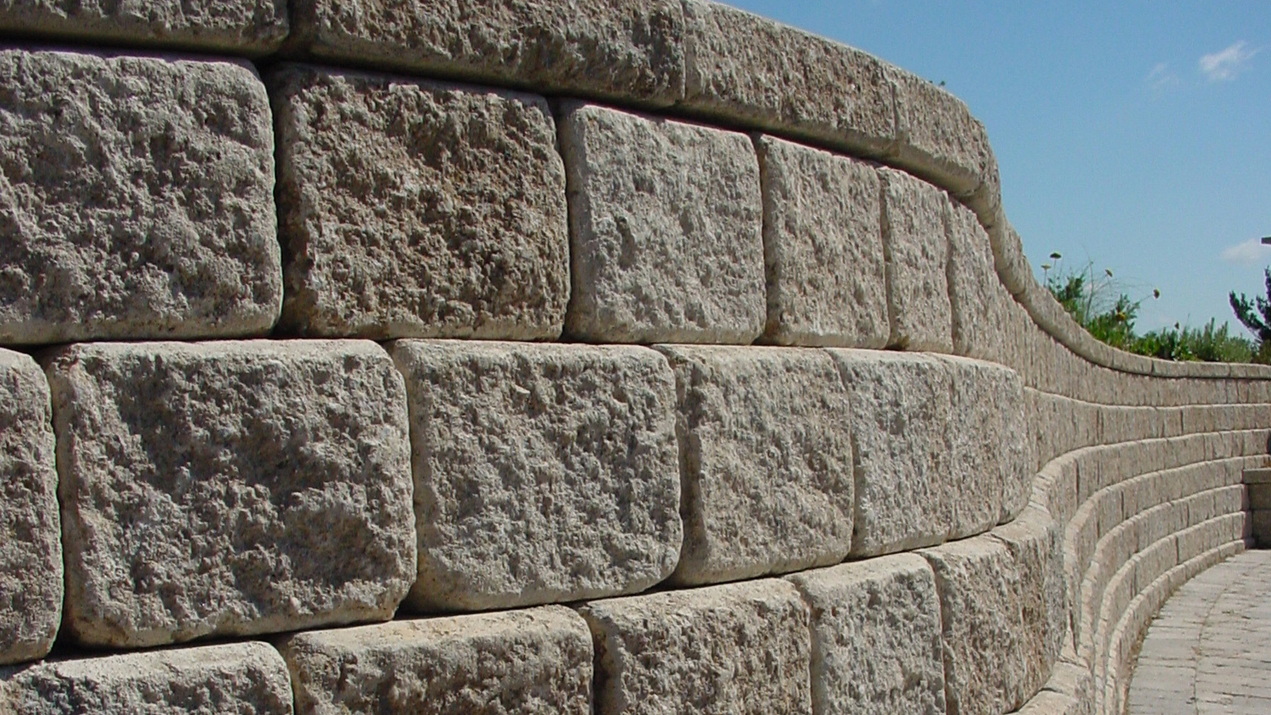It’s undoubtedly a common belief that everyone who sets out to build a retaining wall believes their efforts will last. Trouble is, too few understand the basics behind success. That’s why so many retaining wall installations fail prematurely. I’m sure I’m not the only one who notices all those tilting retaining walls.
Retaining wall construction: A high stakes game
Success begins with an appreciation of what you’re up against. Don’t underestimate the challenge. It’s hot, heavy, dirty and expensive enough to make an understanding of the basics essential. You only want to build once.
Think of sloped earth like a slow-flowing river. It wants to move downhill, and it never stops trying. The pressure it applies to anything in its way is strong and steady; each gain it makes against an unworthy retaining wall is gain that can never be won back. It’s like a big ratchet wrench.
Add to this the dam-busting power of frost-heaved soil and you’ll see why building successful retaining walls requires beefy techniques, especially in places that get cold winters.
Drainage is key to long retaining wall life

When it comes to retaining walls, water is your enemy.
If the soil behind a wall becomes saturated with water during late fall, it’ll expand with unstoppable force as it freezes. It would take a nuclear submarine to survive that kind of pressure. That’s why the consistency of the soil behind the wall is crucial.
Light, sandy soils and gravels drain well naturally, and are an excellent choice for backfilling. At the other extreme, heavy clay soils can hold water for a long time, even where drainage systems are properly installed. That’s why it’s dangerous to use heavy soil as backfill. Never do it.
Geogrid to the rescue
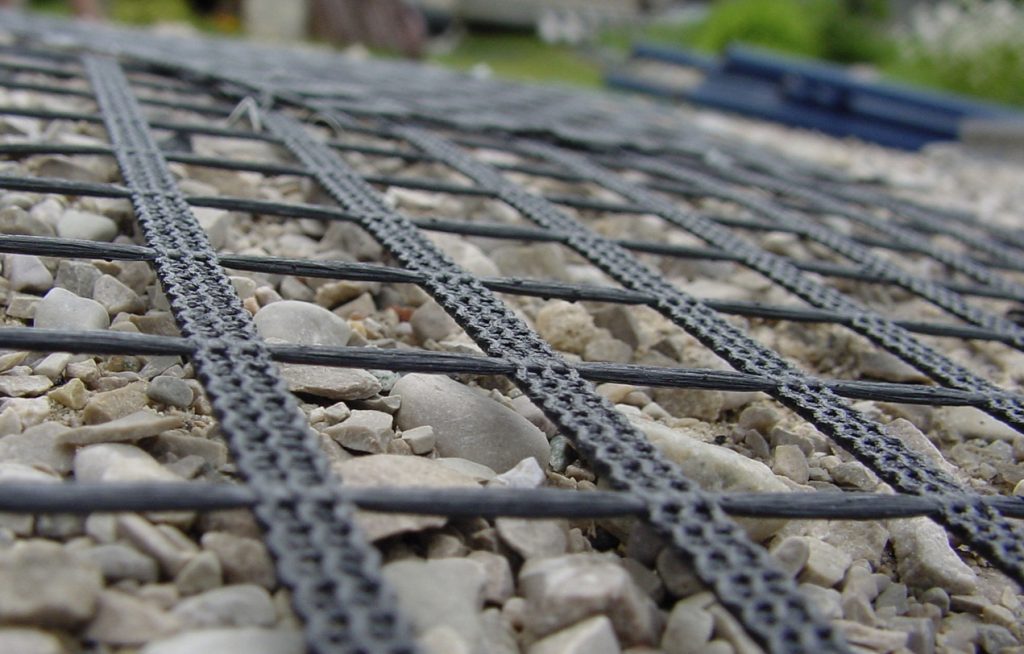
In the early 1980s, a synthetic, flexible sheet material called geogrid made its way to the rest of the world from Europe.
Geogrid gives the soil mass tensile strength, greatly reducing the amount of pressure it exerts on the wall. And for added stability, consider using retaining wall blocks that are designed to interlock and support the structure effectively.
The benefits include:
- Geogrid is installed within layers of backfill soil held behind a retaining wall, giving the soil enough tensile strength to resist the forces of gravity pulling it downhill.
- It takes much of the weight off the wall by thwarting the tendency of soil to flow downhill, boosting retaining wall reliability in a big way.
- This material comes as large pieces of flexible synthetic mesh laid down in layers within back-filled soil.
- Geogrid is easy to use, invisible in finished installations and an inexpensive way to ensure long-lasting, trouble-free retaining wall performance.
- And the cost is less than a dollar per square foot for residential-grade versions.
Retaining wall built-in back slope
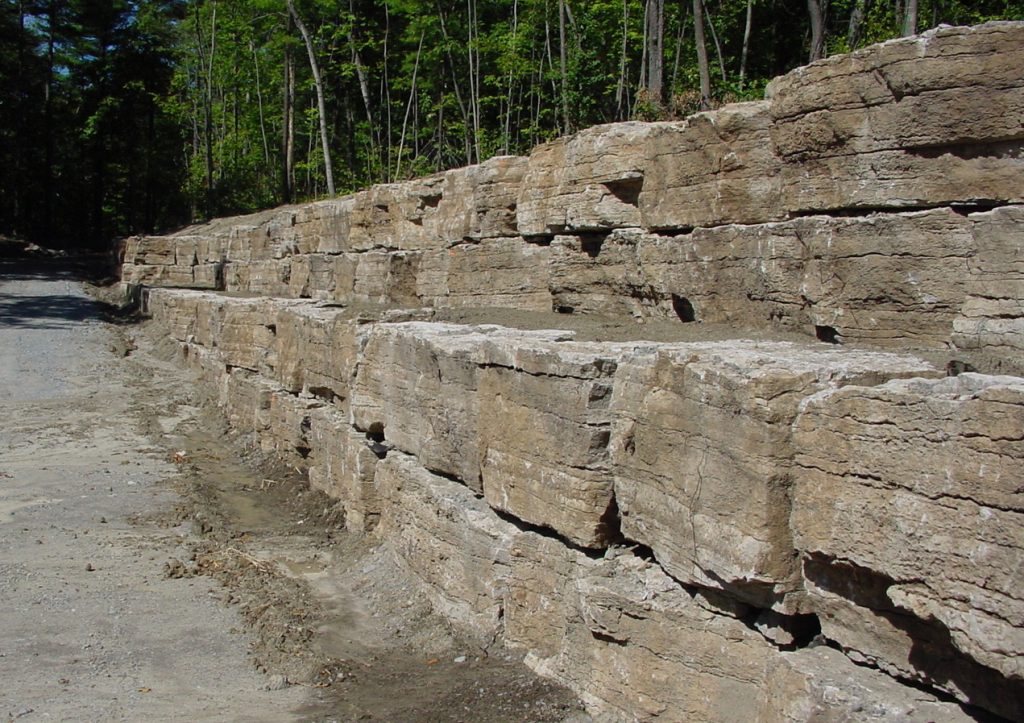
You might as well stack the deck in your favour by angling your retaining wall into the slope. Heavy timbers, blocks or stone help to create a strong wall, but even these can topple under pressure. You can effectively increase the strength of any retaining wall by sloping it back into the earth. Five or even 10 degrees of tilt is fine.
Strength is why manufactured retaining wall systems include features that assure built-in back slope through the way parts interlock.
Anchor cables or ties
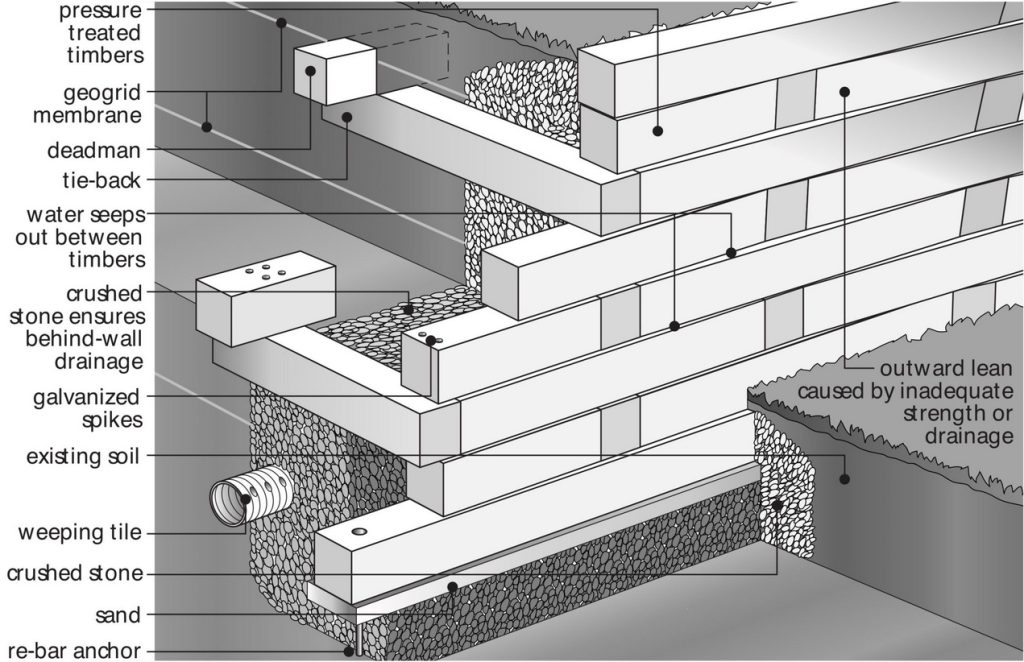
While slope and weight make retaining walls strong, sometimes even these aren’t enough. Why take a chance? To be sure that timber walls that are higher than three feet stand the test of time, consider running anchor cables or wood braces back into the slope before backfilling.
The best approach is to twist some spiral earth anchors into undisturbed soil uphill from the wall. Then run galvanized cable back to the wall for support before burying everything.
Earth anchors look like big corkscrews with a loop on top. You can get them at farm supply stores that carry fencing supplies.
If there’s only bedrock uphill from your wall, that’s even better. Drill holes for 5/8-inch diameter expanding metal anchors to hold the cables before backfilling.
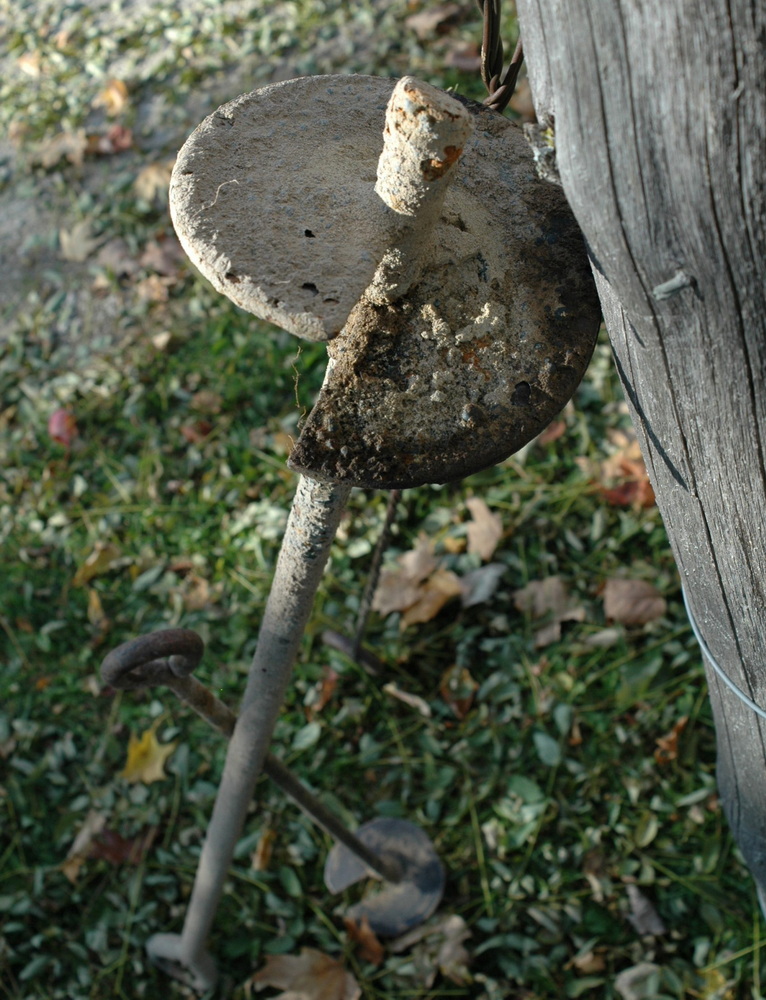
With the main secrets of retaining wall success laid out in the open, the job becomes less of a gamble and much more fun. And even if you hire a professional to do the work, it’s in your best interest to know about all the latest techniques and materials that lead to reliable results.
Nothing is complicated when you’ve got all the facts. And in this case, facts translate into peace of mind. Rest assured, the only thing that’s going to defeat your well-drained, stoutly built, geogrided retaining wall is the next glaciation.
